When you first start taking pictures, you can be confused by all the numerous numbers, letters, and symbols on your camera lens. They may appear difficult at first, but once explained, they are fairly simple to understand. But, what does mm mean camera lens?
Contents
What Does The mm Mean?
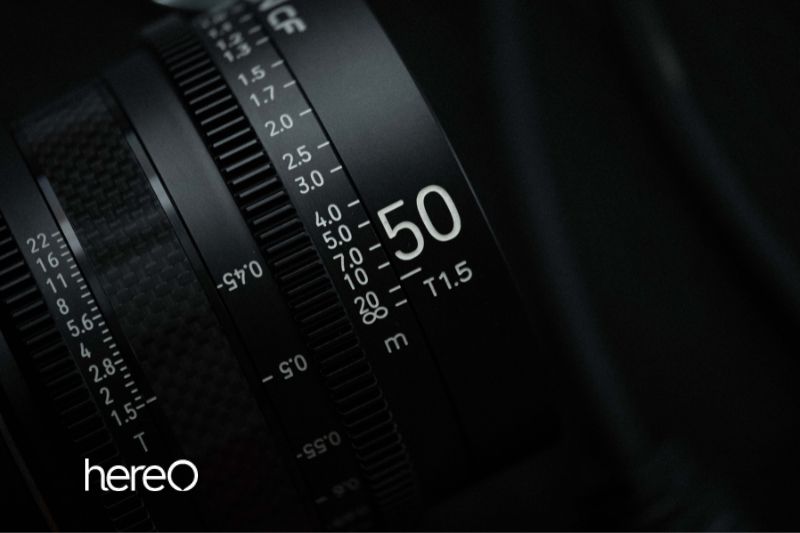
Every lens has a “mm” number printed somewhere on it. The concise definition of mm is “focal length,” which is measured in millimeters.. Others have a single, “fixed” focal length, while some lenses have a range of focal lengths, like 18mm to 55mm.
We call variable focal length lenses “zoom” lenses because you can “zoom” in or out to get closer or further away from a subject. “Prime” lenses have a fixed focal length.
Because prime lenses do not zoom, they only have one mm designation. With a prime lens, you must use your feet to move closer or further away from your target.
If you’re like most photographers, you don’t spend much time thinking about focus length or how you may utilize it to improve your images. Focal length goes into the realm of technical minutiae, which many people prefer to avoid. However, understanding focal length is essential for getting the most out of your lens.
What is focal length?
The focal length of a lens determines the angle of view (how much of the picture is caught) and the magnification (how large individual elements are). The higher the magnification, the smaller the angle of view and the longer the focal length.
A lens’ focal length is the distance between the lens and the camera’s back, where the image is generated. This is actually pretty useless information to you because the lens is protected by a shell, so you couldn’t actually measure that distance even if you wanted to.
Wide Angle and Telephoto Lenses
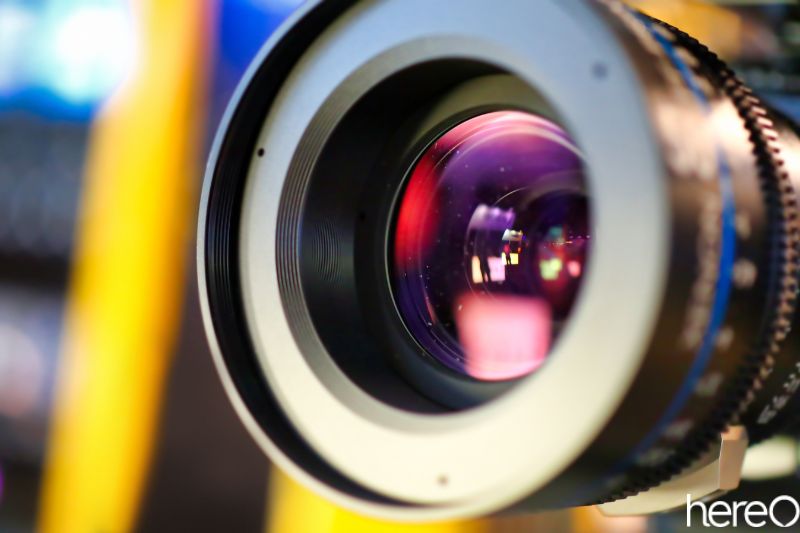
The focal length of a wide angle lens is shorter than that of a telephoto lens. The majority of wide angle lenses are 35mm or smaller. Telephoto lenses begin at 70mm and increase in focal length from there.
Wide angle lenses capture more of the scene, whereas telephoto lenses capture only a small portion of the area. You’ve probably heard the terms “zoomed out” and “zoomed in.”
Different focal length lenses serve distinct functions. If you’re photographing animals, for example, you’ll want a longer focal length lens (at least 300mm is ideal) so you can get optically closer to your subject without scaring it away.
If you’re shooting architecture, you might want to use a wide angle lens (35mm or smaller), because you can incorporate all of your subject in a single image without having to back up a quarter mile.
When to use a Wide Angle Lens
Because the distance between the lens and the camera sensor on a wide angle lens is much shorter, the lens itself must be wider in order to gather enough light to make an exposure. A wide angle lens has a greater peripheral vision, which means it “sees” more of what is in a scene.
That means wide angle lenses are ideal for any sort of photography in which the purpose is to picture something physically vast, such as the skyscraper we discussed before or a large, sweeping landscape.
When to use a Telephoto Lens
Telephoto lenses are very useful when you can’t get physically close to your subject, but they also have other applications, such as portrait photography. Because lenses generate different sorts of distortion at different focal lengths, focus length is significant for portraits.
A wide angle lens may accentuate your subject’s features, making it an unsuitable choice for portraits. However, at 70mm, your subject’s features begin to flatten out slightly.
This is due to the fact that the space between, for example, your subject’s nose and her cheekbones appears smaller with longer focal lengths. Longer focal lengths are therefore more attractive because they can make features appear smaller.
Once you get over 100mm, the effect becomes weird, and your subject’s face begins to look wide and pancake-like, which is less flattering.
Focal Length Recommendations
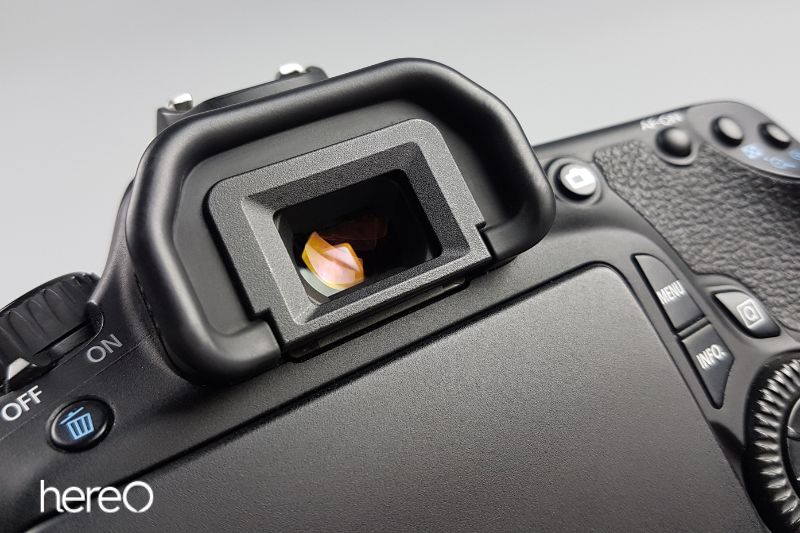
24mm Is A Great Semi-Wide Focal Length
The 24mm lens sits directly between a “normal lens” and a wide-angle lens. This focal length is excellent for environmental photography and ought to be utilized as such. Because of distortion, you should avoid capturing close-up pictures of people’s faces. Excellent all-purpose environmental/travel focal length.
50mm Is Considered The Most Versatile Of All Focal Lengths
One of the most popular and extensively used focal lengths on earth may be 50mm. because it excels in a wide range of tasks. We’re talking about landscapes, automobiles, street photography, and even portraiture.
Additionally, the 50mm prime lens—which is quite reasonably priced and offered by all major manufacturers—creates stunning photographs. Owning a 50mm would never leave you in the wrong, ever.
85mm Is The Go-To For Portraits (Even Though It’s Not My Favorite)
Due to the degree of compression, the 85mm focal length is fantastic for many applications. Compression begins to get rid of distortion as your focal length goes up.
Nearly all lens distortion on the human face is eliminated at 85mm of focal length. Additionally, the focal length let you walk around a little bit and, if you so desire, take the surroundings with you.
Prime Lenses And Zoom Lenses
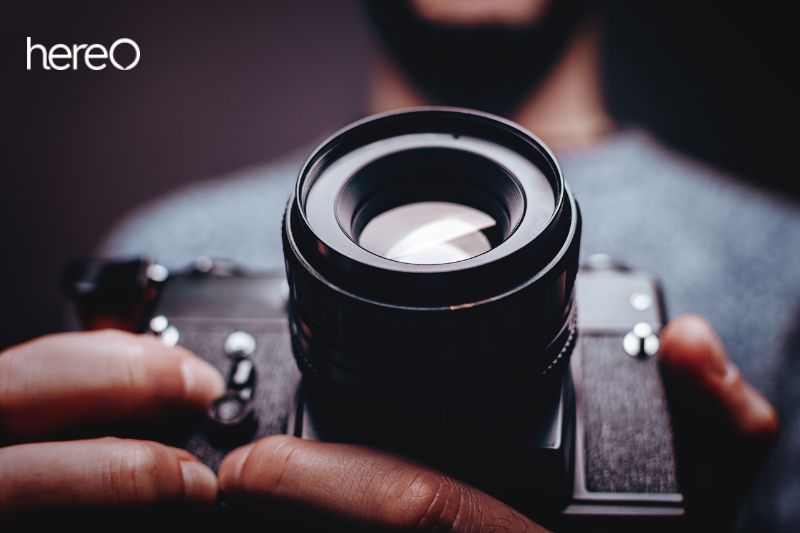
Zoom lenses, as the name suggests, can clearly zoom in and out. Internally, it is moving a glass component forward or backward (depending on the way you rotated it).
On the other hand, prime lenses possess fixed focal lengths. A barrel or moving glass element is not present inside a lens with a fixed focal length. It is actually immobile and fixed.
How is a Prime Lens’ Focal Length Shown?
The notation is simple for prime lenses, which have a single focal length. Near the front element of most prime lenses is a marker that includes a number followed by “mm,” denoting the focal length.
For instance, the Canon EF 50mm f/1.8 lens, which is clearly marked on the side of the lens barrel, is a full-frame DSLR lens with a 50mm focal length.
How is a Zoom Lens’ Focal Length Shown?
Near the front element of a zoom lens is typically another marking that indicates the focal length. It is typically expressed as two numbers separated by a hyphen, with the larger number coming after the lower number and indicating the longest focal length.
For instance, the Canon 17-40mm f/f L lens, which is offered for full frame Canon DSLRs, has a focal length that starts at 17mm at the widest setting and goes all the way to 40mm at the long end. The focal length of the lens is adjusted by turning the bottom zoom ring; the number at which the white line is pointing indicates the current focal length.
FAQs about What Does mm Mean Camera Lens
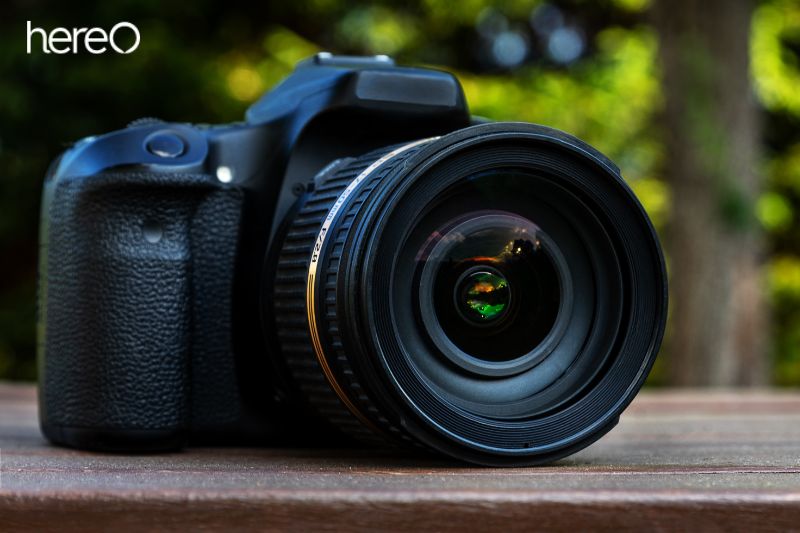
Is a higher mm lens better?
No, the mm is marked for focal length which a higher number means a bigger zoom, while a lower number means the lens can be used for wider shots.
What does 200mm lens mean?
A 200mm lens means that it is a telephoto lens with the focal length up to 200mm.
What does the 24mm mean for a lens?
A traditional focal length for street photography and documentary photography is 24mm. For those genres, it has recently lost part of its appeal. However, it’s excellent for outdoor photography, landscapes, and environmental portraits.
What does the f-number mean on a lens?
The focal length of the lens is indicated by the letter “f” in f-stop. While f-stop is concerned with how much light is allowed to enter the camera through the aperture opening, focal length itself refers to a lens’s field of view.
Conclusion
If you’re just getting started with photography, the different markings on your camera lens can be confusing. But don’t worry – once you understand what they mean, they’re actually quite simple. Now that you know what mm means on a camera lens, put that knowledge to use and get out there and start taking some great photographs!
Thank you for reading! HereOfamily hope you enjoy reading our article.
